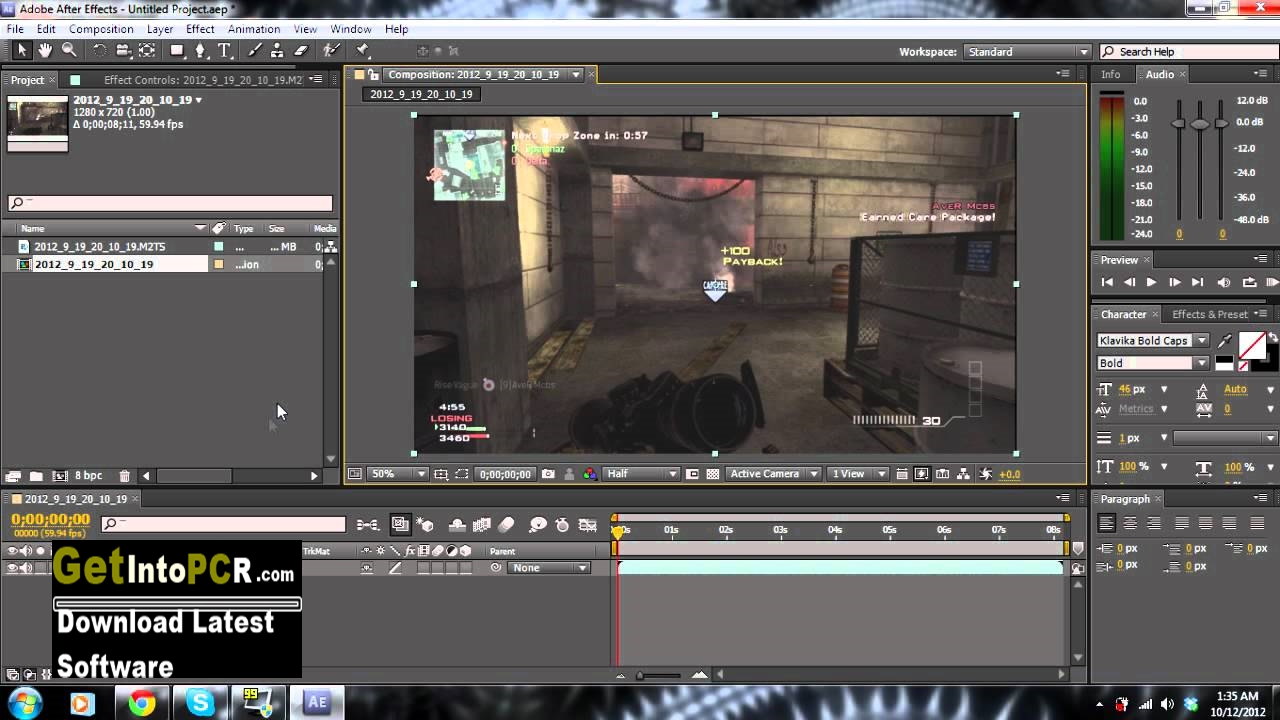

Rampant Design Tools also has a nice little tutorial on the topic. Here’s one from Digital Tutors, explaining how to extrude items in AE. Here are a couple of nice examples of Ray-traced 3D, culled from YouTube.Īfter Effects Top Tip: Extrude 2D Shapes and Text into 3D Objects This is where you can specify Quality and the Anti-aliasing Filter that you want to use.

There is also an Options button which brings up a Ray-traced 3D Render Options dialog box. In the Composition Settings dialog box, click the Advanced tab. To use the Ray-traced 3D features in After Effects, introduced in CS6, you must first set the rendering plug-in to Ray-traced 3D. Many work in other NLE’s and I’ll make mention of that fact too. Here is a quick rundown of several options, including examples and tutorials. There are now easier ways to extrude 3D text within After Effects. When the object rotates, moves or bends, you can see bevels and the around the edges. It was not the most flexible method of creating 3D text!Įxtruded text or an extruded object is one that looks as if it is 3D. I remember there was an a script that would create tens or hundreds of duplicate copies of your text or layer and offset them in 3D space to give the look of extruded text. Zaxwerks plug-ins kicked was the first option to extrude text in AE. I remember when there just wasn’t a lot of ways to create extruded text in After Effects.

Boris Continuum Complete BCC 3 D Objects.Finally, they used the 3D camera to build a “projector” that would project the footage onto the white plane, thus creating stabilized footage. They used Camera Mapping and a solid white plane to create a movie screen. This allowed them to reconstruct the camera’s location and use that in After Effects. They weren’t able to use point tracking either, so they had to come up with another way to stabilize the footage.Īt the 3:00 mark in the behind-the-scenes video below, you will see how they used the Track Feature and Camera Solve options in Boujou to track the camera’s movement. Then they tried fixing the footage in mocha, but still had no success. When they took that swaying footage in After Effects and applied the warp stabilizer, nothing happened. Unfortunately, PVC is not very rigid so there was plenty of camera movement. For the karate video, they built a new PVC rig that would keep the camera locked in position. It didn’t provide the ideal look, but it worked well enough. For the original Stop-Motion Parkour, they ran the footage through warp stabilizer.


 0 kommentar(er)
0 kommentar(er)
